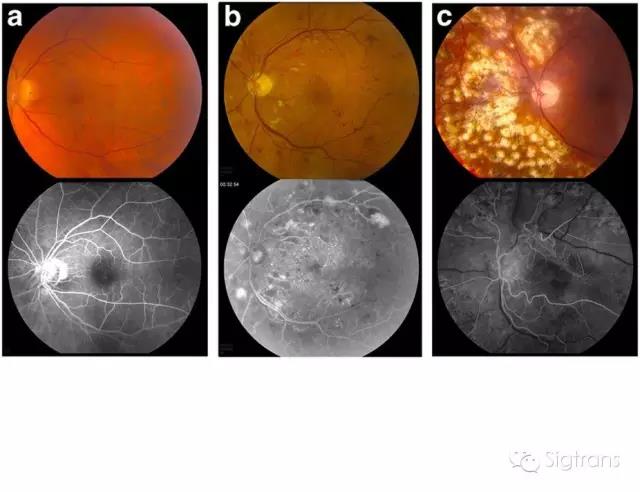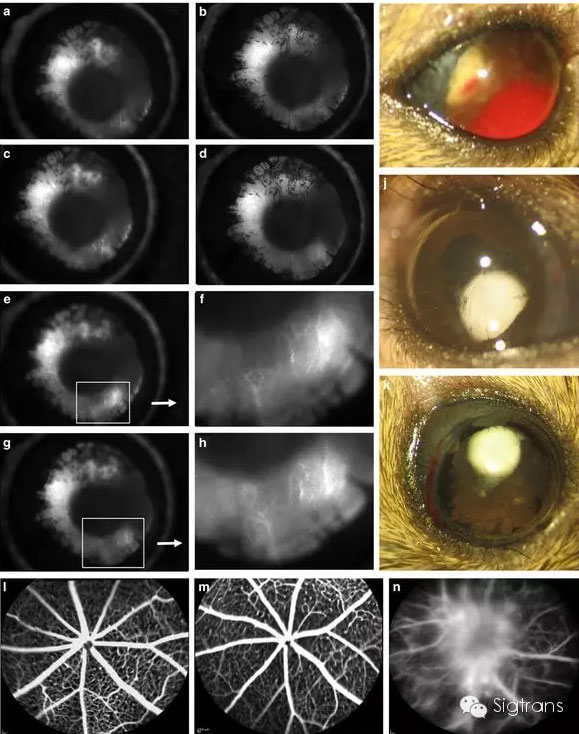
美國科學家研發了新的小鼠模型來研究人類的失明。該研究包括哥倫比亞大學醫學中心的Stephen Tsang教授及來自美國各位的合作者共同完成,旨在闡明增殖性糖尿病性視網膜病變(PDR)的主要癥狀的機制。PDR是20至64歲美國人失明的主要原 因。愛荷華大學的Vinit Mahajan在PDR病人的樣品中發現了一種高水平表達的轉錄因子,而在已經成功的治療的病人樣子中未發現這一轉錄因子。為開發一個有用的動物模型,科 學家使用基因工程技術抑制小鼠的視網膜神經元表達該轉錄因子。通過這種方式,小鼠產生了同人類發病因素相同的視網膜疾病。這種動物模型有望改善人們對 PDR和其他疾病的認識。
Scientists in the USA have developed a mouse model to study blindness in humans. Stephen Tsang at Columbia University Medical Center, together with collaborators across the country, aimed to clarify the mechanisms of the key symptoms of proliferative diabetic retinopathy (PDR), the leading cause of blindness in Americans aged 20 to 64. Vinit Mahajan at the University of Iowa discovered high levels of a transcription factor in samples from the eyes of PDR patients but not in those who had been successfully treated. To create a useful animal model, the scientists genetically engineered mice to inactivate the repressor of the transcription factor in retinal neurons. The mice developed a retinal disease that advances in the same way as PDR in humans. This animal model is expected to improve understanding of PDR and other diseases.

Neovascularization and leakage in the Chx10-cre; Vhlflox/flox mutant mouse mimics the human proliferative DR (PDR) phenotype.